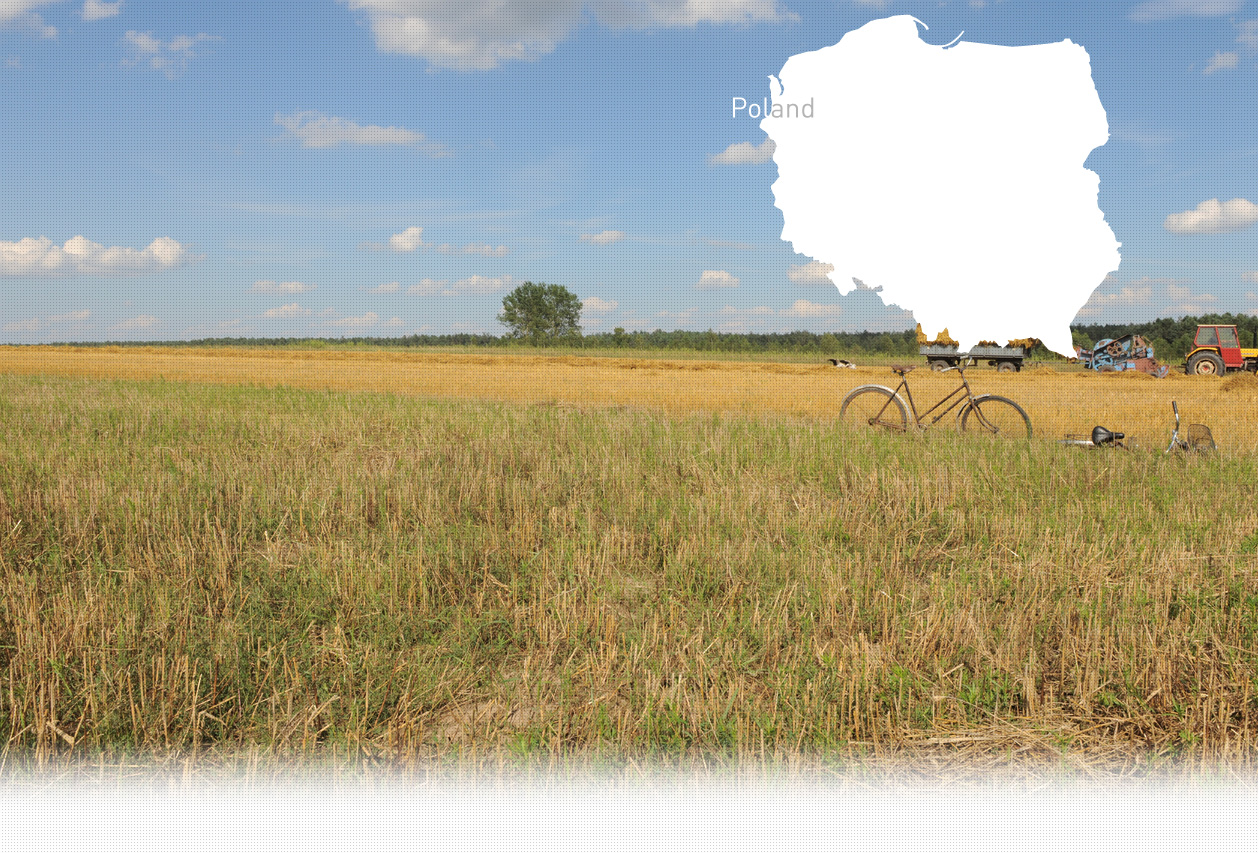

1 Killing site(s)
Bolesław R., born in 1937: "I lived just 200 meters from the fire station. Several Jewish families lived nearby. One day, we heard that the Jews had been killed, so we went to see what had happened. By the end of the day, about eight bodies lay behind the fire station, covered with a blanket. Later, carts came and took the bodies to the Łaziska forest, where they were buried." [Testimony N°YIU1481P, interviewed in Łaziska on August 24, 2023]
Questionnaire on Mass Executions and Mass Graves – Lubelskie Province
Date and Place of Execution: May 12, 1942, in Łaziska
Type of Execution: Shooting
Details of Those Murdered (Poles, Jews, or Foreigners): Jews
Number of Victims: 11 people
Place of Origin of the Victims: All victims were residents of Łaziska
Names, Ages, Occupations, and Addresses of the Victims (all from Łaziska):
Was There a Stated Reason or Accusation Against the Victims? : The execution was part of actions carried out against the Jewish population.
Who Carried Out the Execution (e.g., Gendarmes, Gestapo, SS, Wehrmacht)? : The SS
Are the Names of the Perpetrators Known? : No
Were the Bodies Burned, Destroyed, or Otherwise Disposed of? : The bodies were buried.
Exact Burial Locations:
Description of Graves (Dimensions, Number of Victims):
Was There an Exhumation or Official Protocol? Where Were the Bodies Reburied?
No exhumation has taken place.
Are There Grounds for a Future Exhumation? : Yes
[Questionary based on the testimony of Jan Gerner, mayor of Skierbieszow; IPN, GK 163/19, p. 130]Łaziska is a village in the administrative district of Gmina Skierbieszów, within Zamość County, in the Lublin Voivodeship of eastern Poland. It lies approximately 5 km (3 miles) south of Skierbieszów, 14 km (9 miles) north-east of Zamość, and 75 km (47 miles) southeast of the regional capital, Lublin.
The earliest known mention of Łaziska dates back to 1394. From that time, and for centuries afterward, the village remained in the hands of the nobility. In the 19th century, the Łaziska estate first belonged to the Skawiński family and later to the Świdziński family. A manor house, built in 1918, became the site of an elementary school and was surrounded by a park. Before the Second World War, the Świdziński family owned fish ponds and a mill on the local river, along with a turbine that provided electricity for the estate.
According to the 1921 census, all residents of Łaziska declared Polish nationality. Their religious affiliations were as follows: 137 Orthodox Christians, 169 Catholics, and 11 Jews.
Local testimony indicates that Jewish families in Łaziska lived in two houses in the village center, near the former fire station. The Jewish residents were involved in trade—some traveled around the region, while one family operated a store within the village.
Following the outbreak of the Second World War, the German administration for the district was centralized in Zamość, located approximately 14 km from Łaziska.
According to Polish archives, on May 12, 1942, SS officers executed eleven members of local Jewish families in Łaziska. The victims were buried in two separate pits: the larger pit, containing eight bodies, was located in the garden of a local resident; the smaller pit, containing three bodies, was dug in the nearby Łaziska forest.
A local witness, later interviewed by the organization Yahad - In Unum, recalled going to the site of the shooting at the end of that day. He saw the bodies of about eight Jewish victims lying behind the fire station. The village sołtys (headman) ordered two carts to transport the bodies to the forest for burial.
The same witness recounted that one Jewish man from Łaziska had been outside the village at the time of the killings. Upon returning and learning that his entire family had been murdered, he asked to be killed as well. Villagers told him that others would likely arrive the next day to carry out the act. Indeed, the man was executed the following day.
The forest in Łaziska, identified by the witness as the site of the burial, is now overgrown with trees and dense vegetation. The burial site remains unmarked and is not commemorated.
Do you have additional information regarding a village that you would like to share with Yahad ?
Please contact us at contact@yahadinunum.org
or by calling Yahad – In Unum at +33 (0) 1 53 20 13 17